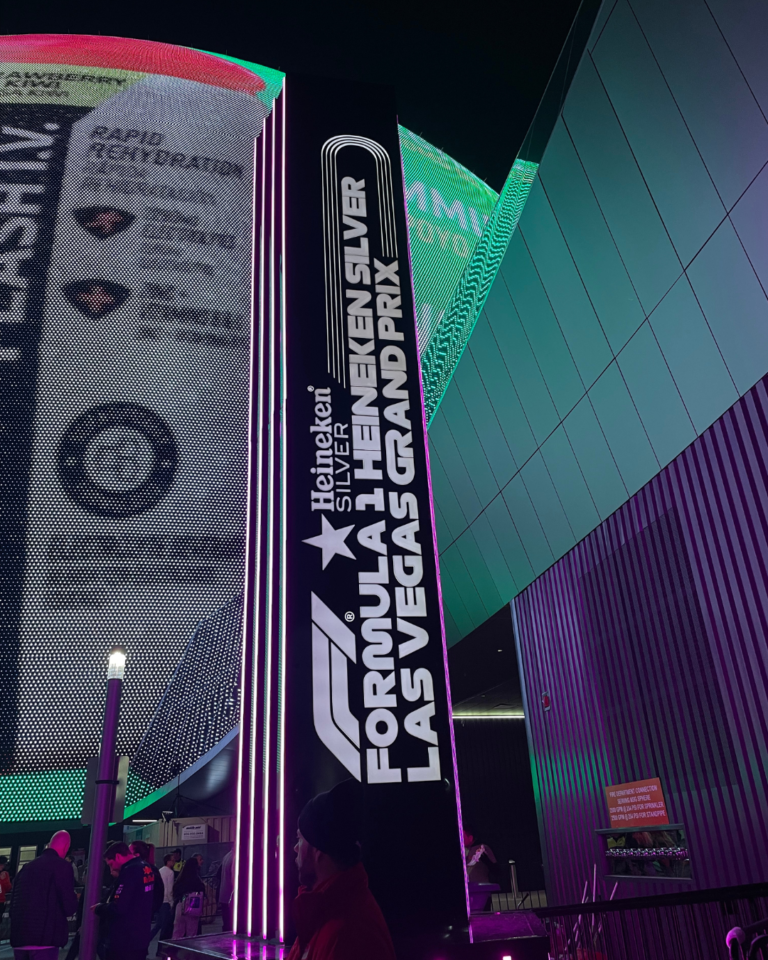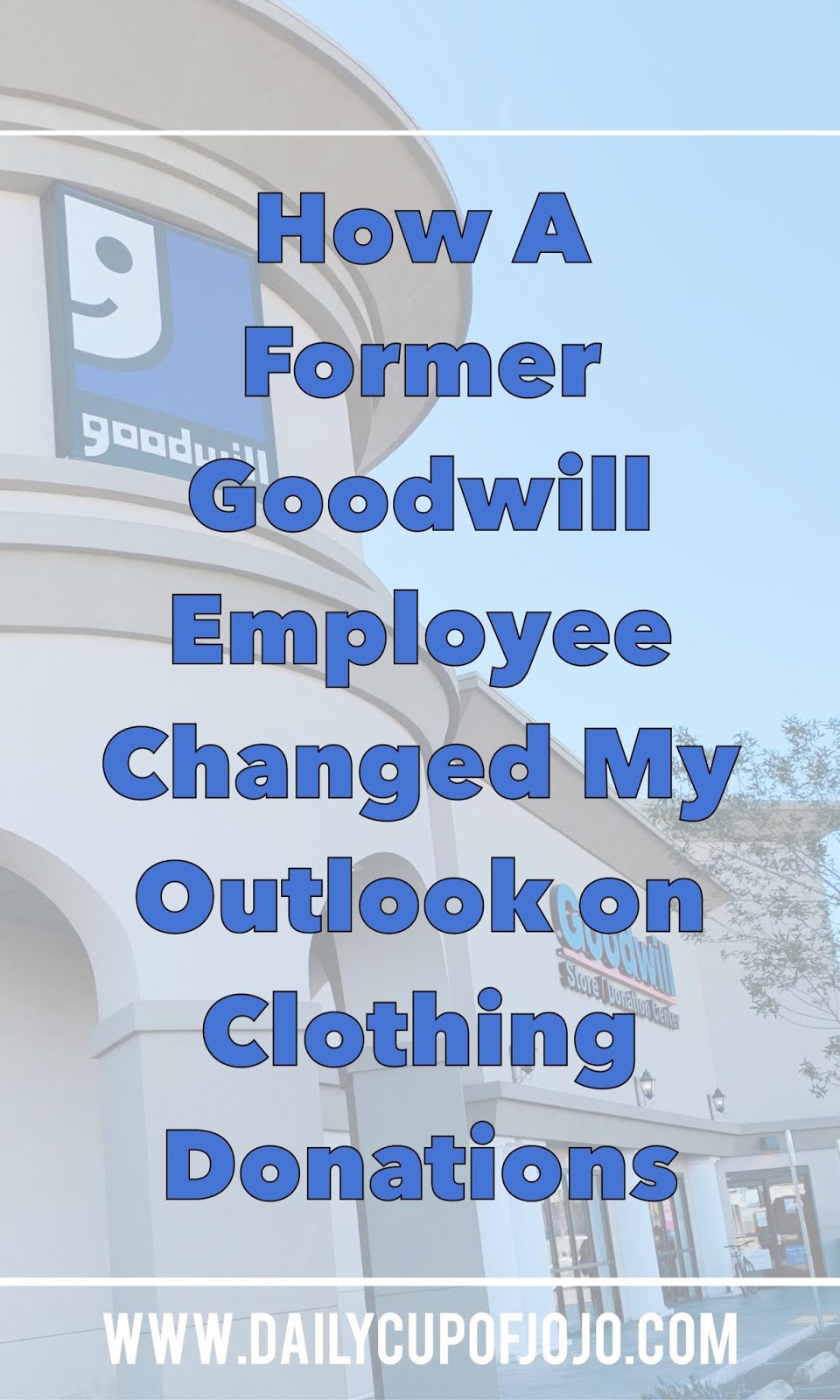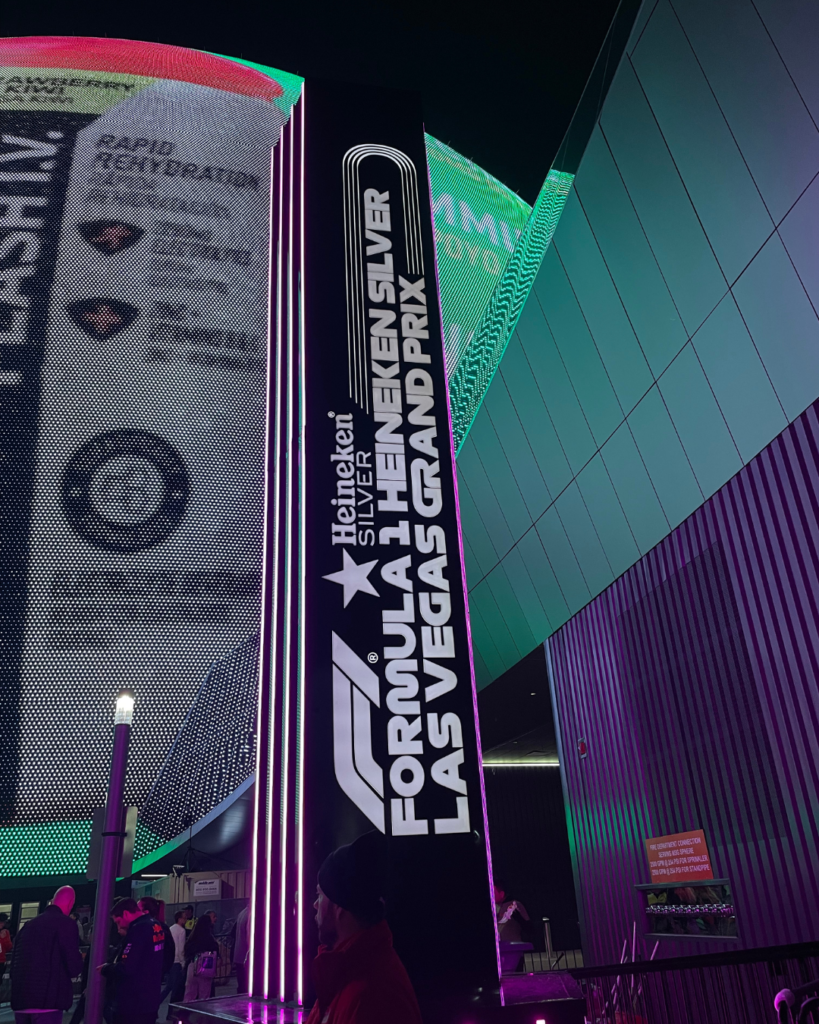Spring is right around the corner and with Spring comes change.
Spring is the perfect time to declutter our lives. I know for me I got a head start on Marie Kondoing my apartment in early February. Her methods are amazing. I got rid of five trash bags full of clothes in one weekend. I never even thought twice about the stuff I was giving away either. It was so nice to make my area clutter-free. However, that clutter has to go somewhere.
We all have our own ways of disposing of unwanted clothing. Some of us have a specific charity, or some of us even have friends and family that can make use of the clothes. A LOT of the articles end up getting tossed into Goodwill’s hands. Goodwill has an amazing concept. We can get rid of all our unwanted belongings, and they can support programs in the community. Sounds like a really nice set up right? It is! However, I think we often forget that Goodwill is a business, and we can all do our part to make sure they are set up for success by not taking them everything that is unwanted in our lives. It’s unwanted for a reason yenno?
I used to take anything and everything to Goodwill because that meant I could wash my hands of it and it was someone else problem. That is until I had a conversation with a former Goodwill employee. She is here total to us today about her time as a Goodwill employee and what goes on behind the scenes of the donation doors.
 |
| Jolene: @jo.fadden |
Jolene, a sorority sister of mine, worked at a Goodwill store in Mankato, MN for the summer in 2018. She wore many hats during her time with Goodwill. I was so intrigued by her experience there that I HAD to share it with you all! Especially with spring cleaning upon us, she has some quality insights.
Spill the tea, sis
What was your position at Goodwill?
I was a processor (sort, price, and hang the donated items), occasionally would work as the Donations Attendant (greet people, unload their cars, and give them coupons), and a Sales Floor Associate (hang items, clean dressing rooms, help customers if they need a price).
What did a typical day look like?
All Processor shifts were from 8-4 during the week with longer hours on the weekend. Upon clocking in, we would grab our gloves and then wait for a manager to tell us where we were assigned for the day.
You can be assigned soft lines (clothing, accessories, shoes, bedding) or hard lines (literally anything else like furniture, books, toys, movies, decorations, knickknacks, etc.). We had 2 soft lines running at once, each consists of 3 workers. The first person would go to the garage and grab a cart of unopened donations. They then open up the bags and sort the clothes between stuff that can be placed out on the sales floor, stuff that we want to keep but is not in season (which would get sent to a Goodwill outlet) or if it was clothing that was ripped, smelly, or just not in fashion, it would get put in a Gaylord that is sold for cheap in bulk. I was told they usually go to Africa.
The stuff that was sales floor quality, would get piled up and passed to the next person in line. That person then tags and prices the items. There are three categories based on the level of quality of the item. Over 50 brands are on the “cheat sheet” thus a Nike shirt will have to be priced higher than a Target Mossimo shirt. The tagger picks the price and selects the tag that corresponds to that price. If it is a toddler item, they have to write with a pen on the tag the size of the item since the hangers do not have size labels for baby/toddler clothes. Which is just another step in the process and time is money in this case.
Once they priced the item, they passed it to the hanger person who literally has to put the clothes on a hanger based on size. They then go on a rack with dividers based on gender and type of clothes (just like how the store is organized). On that rack, they also are sorted by size within each category. Once each rack has 60 items, it is rolled out to the sales floor and the hanger person writes down the time they completed the rack and grabs a new rack.
The goal is to have one rack completed every 20 minutes.
For hard lines, people usually worked in pairs. One person would grab a cart of donations, take them out of the bags, and sort. They can throw the stuff directly in the garbage, they separate plastic, and anything electronic. The plastic is recycled separately, same with anything with a cord. The other person would then price and tag the items that were considered top quality.
What job expectations did Goodwill have in your role?
You had to be ready to work right at the shift start. They expected you to stand the entire time and move quickly from start to finish. If you slow down, it affects the whole line and goals would never be met. I mainly worked on soft lines and they wanted 60 items to be put out on the floor every 20 minutes. If donations were building up, they expected you to take on other positions. On the weekends, they would also have the Processors work out on the floor taking items off the shelf that were there longer than a month and hanging up clothes.
Side note. Goodwill has 4 colors they mainly use for their tags and they get switched out every week. So like blue tags, to green, to pink to yellow. When the tags got switched to blue, people would be removing all the blue items from the shelves so that the new blue items would go out there. So items are only meant to be on the floor for a month before they are removed.
What were the repercussions if you did not perform?
Only maybe 2 or 3 days when I worked did the backroom ever meet all the goals. Say we need to get 22 racks put out and we only were able to get 20, then those 2 racks were moved to Tuesday’s goal, so on Tuesday we might need to do 24 racks. If we only got 21 done, those 3 would get moved to Wednesdays goal and so on.
All of the racks that were not completed would get moved to the weekend’s totals. And again, those hardly got completed and that just made the next week’s goals even higher. I think if they would have noticed where people worked most efficiently at and then placed them there, that would have tremendously helped meeting goals. For instance, I was always placed as a sorter and I could get 60 items in about 25 minutes. Another person I worked with could get 60 items in 45 minutes and there was one person who could get in 21 minutes. But they hardly placed her at sorter. I was a super fast sorter and could get a full rack in under 20 minutes, but was hardly ever positioned as a hanger.
How were you valued when you exceeded those expectations?
If you did something beyond your duties and a manager saw it, they would give you a card that says what you did and what Good Will value you demonstrated. You get to hang that up in the break room and you also get a little candy. I think they probably gave out anywhere from 3-10 of those a day to people. If I stayed and helped take donations and I would receive a card for helping out.
How were you valued when you exceeded those expectations?
If you did something beyond your duties and a manager saw it, they would give you a card that says what you did and what Good Will value you demonstrated. You get to hang that up in the break room and you also get a little candy. I think they probably gave out anywhere from 3-10 of those a day to people. If I stayed and helped take donations and I would receive a card for helping out.
What was your favorite thing about the job?
I liked working for a nonprofit and knowing that over 80% of the revenues were going back to community programs. I would prefer to work for a company that gives back. Also, it was really cool working hard lines and seeing some of the most random and strange things come through. Some things were amazing or super old and unique, while others were like why did someone ever own this. You never knew what you were going to have to sort through and that made it exciting.
When was the busiest time for drop-offs/donations?
For sure Saturday and Sunday, there would usually be a steady line of cars midday. Also, around 5-6 pm during the week when people got off of work.
*Note to self, avoid those times for speedy getaways!
Any other Goodwill tidbits?
When donating, know they only keep items if they are basically in perfect condition, otherwise, it will get tossed. So, if some of your items aren’t top qualities or brands, it might be better to donate to a different organization. Also, the training and interview process was a breeze and management was kind. I think if I had worked with different people, I would have loved my job instead of just liking it. I would say it got to be very repetitive, so if you don’t like change, this might be the job for you!
I don’t want to dump my unwanted items on a Goodwill employee now that I know their goals count on it. They have a business to run and don’t need our used underwear and broken knick-knacks to do it. Next time you take a load to the Goodwill, figure out which articles you can just dispose of and what might actually be useful to a Goodwill Store to put out on the shelf.
p.p1 {margin: 0.0px 0.0px 0.0px 0.0px; font: 12.0px Arial; -webkit-text-stroke: #000000} p.p2 {margin: 0.0px 0.0px 0.0px 0.0px; font: 12.0px ‘Helvetica Neue’; -webkit-text-stroke: #000000; min-height: 14.0px} p.p3 {margin: 0.0px 0.0px 0.0px 0.0px; font: 12.0px Arial; -webkit-text-stroke: #000000; min-height: 14.0px} span.s1 {font-kerning: none}


















3 Responses
Oh my goodness, this post is so insightful. I love thrifting at goodwill and finding steals. If you haven’t already, you should watch The True Cost. It’s an eye opener to what happens with unwanted donations!
Xo Logan
peculiarporter.com
Super interesting to hear! I always donate my old clothes!
Briana
beyoutifulbrunette.com/
So many of the unsold items at Goodwills across Minnesota end up at the big Goodwill outlet in St Paul – there you can rifle through hundreds of bins of stuff and I've gotten some amazing steals there.
I assume what doesn't sell there gets shipped out of the country.